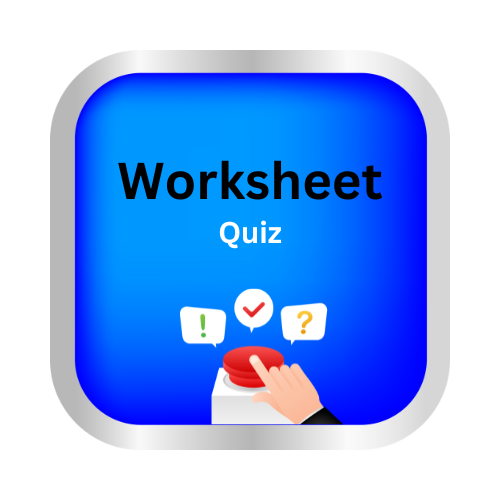Choose between personal and reflexive pronouns
keynotes:
🌟 Choose Between Personal and Reflexive Pronouns 🌟
| What is a Pronoun? 🤔 |
A pronoun is a word that replaces a noun to avoid repeating it.
Examples:
- 🧑 Raju is happy. → He is happy.
- 🐶 The dog is cute. → It is cute.
| Personal Pronouns 🧑👧🐱 |
Personal pronouns replace people, animals, or things.
Examples:
| Subject | Object |
|---|---|
| I 🫵 | me 👋 |
| you 👈 | you 👈 |
| he 👦 | him 👦 |
| she 👧 | her 👧 |
| it 🐶 | it 🐶 |
| we 👨👩👧 | us 👨👩👧 |
| they 👨👩👧👦 | them 👨👩👧👦 |
Example sentences:
- I like apples 🍎.
- She plays with her cat 🐱.
- They are my friends 🤝.
| Reflexive Pronouns 🤳 |
Reflexive pronouns are used when the subject and object are the same person or thing.
Reflexive Pronouns:
- myself 🫵
- yourself 👈
- himself 👦
- herself 👧
- itself 🐶
- ourselves 👨👩👧
- yourselves 👨👩👦
- themselves 👨👩👧👦
| Example sentences: |
- I washed myself 🛁.
- She made herself a sandwich 🥪.
- The cat cleaned itself 🐱✨.
| How to Choose? ❓ |
- Ask: Who is doing the action? Who is receiving it?
- If the action is done to the same person/thing, use reflexive. 🤳
- If the action is done to someone else, use personal pronoun 🧑👧.
| Examples: |
- I see my friend → I see him. ✅ (personal)
- I see myself in the mirror 🪞 → I see myself. ✅ (reflexive)
| Quick Tip 💡 |
- Reflexive pronouns often end with -self or -selves.
- Personal pronouns do not.
| Examples: |
- We did it ourselves 👏
- We saw them yesterday 👀
Let’s practice!🖊️

